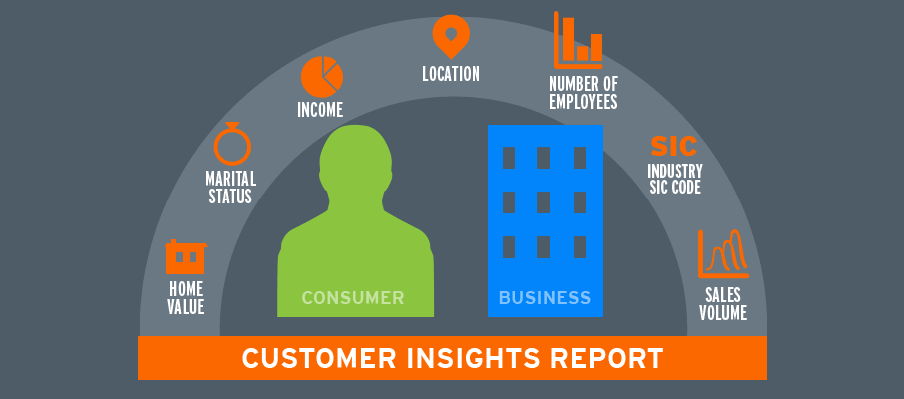Raising awareness of the good work your non-profit organization does is key to your success — or possibly even to your continued existence. You can spread the word through postcards and brochures designed to bring in funding for your organization, but you’ll have to build, maintain and grow a mailing list to do that. Here are 10 best practices on how to build a non-profit mailing list:
Collect Your Own Information
This one is a no-brainer. Keep track of your past and current donors. Record when they contributed, how much and what events they attended, in addition to name, address, phone number and email address. This is the first and most important step in building your mailing list.
Supplement That Data
Asking donors about such sensitive information as annual income, age or ethnicity can be awkward, but Salesgenie can provide you with that valuable data and more. We offer over a dozen pieces of information you can add to your existing data to build a more complete picture of your donors.
Study Your Donors
The point of collecting all this information is so that you can find out who your best donors are. Who is giving the most, and the most often? What do they have in common?
Clone Your Best Donors
Now that you have a snapshot of what makes a great donor for your organization, you want more of them. Salesgenie can help you find new prospects who match the criteria that is the best fit for your organization’s mission.
Entice New Prospects
Sometimes non-profits can get so caught up in “the ask” that they can forget that giving a little something reaps benefits. For example, offer a free item that speaks to your mission for people to join your mailing list. If you have something of value to their interests, people will be more likely to give up their personal information. Growing your list and seeking out new prospects is an important part of maintaining your direct mail list.
Look for New Donors
Think about your non-profit and what you offer specific communities. For example, if you are an after-school program, you might want to raise awareness in a specific school district, or even a specific zip code. Salesgenie can help you find those exact prospects so you can add them to your list.
Businesses Need to Know About You, Too
Not all of your direct marketing has to be individuals. For example, if you are a no-kill animal shelter, you can add veterinarians, pet supply stores and dog groomers to the list of prospects who might care about your cause. Don’t forget to look for business prospects that might be the right fit for your mailing list.
Work with Others
Looking for new donors doesn’t have to be limited to your own organization’s means. Think about how many more people you could reach if you engaged in a cross-promotion with a local, relevant business. With permission, you could leave postcards at a cash register or front desk. Just make sure those postcards get your message out, loud and clear.
Test and Track
Not all donors on your mailing list will respond to every mailing, or come to every event. When you send out a direct mail piece, it should go out with a source code so you can track responses. Keep a note of who donates in response to which mailer, and then if you’re not happy with the results, tweak the mailing or the offer to see if the changes improve response rates.
Your List Will Change
Not everyone who is on your list now belongs on your list forever. If a donor has dropped off and stopped giving over an extended period of time, that entry may just be taking up valuable space. A mailing list is a living thing and should never go stale.
Whatever stage you are at with your mailing list, Salesgenie has solutions to improve your data. We can help you create customizable business or consumer mailing lists with a variety of demographic and geographic selections. And if you’ve already started your mailing list, we can supplement what you’ve collected with our data enhancement services.






